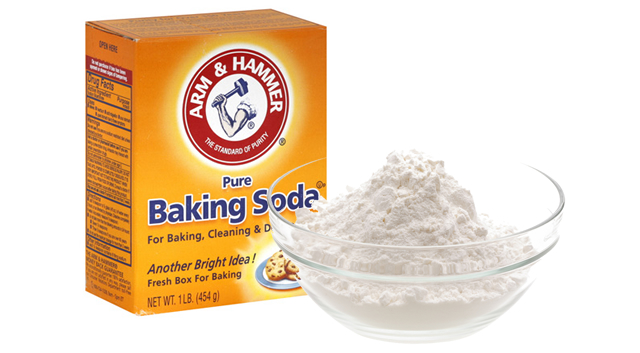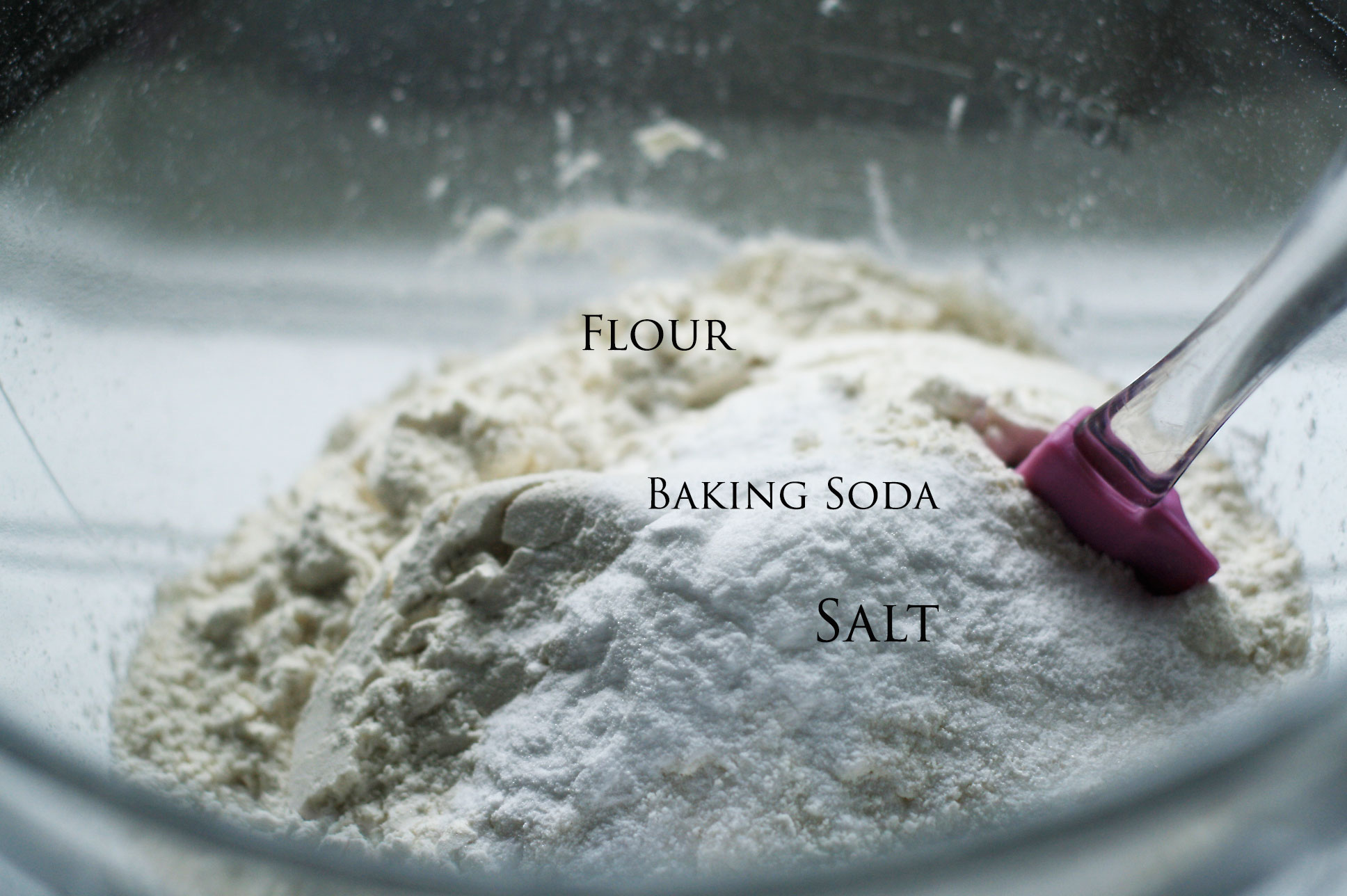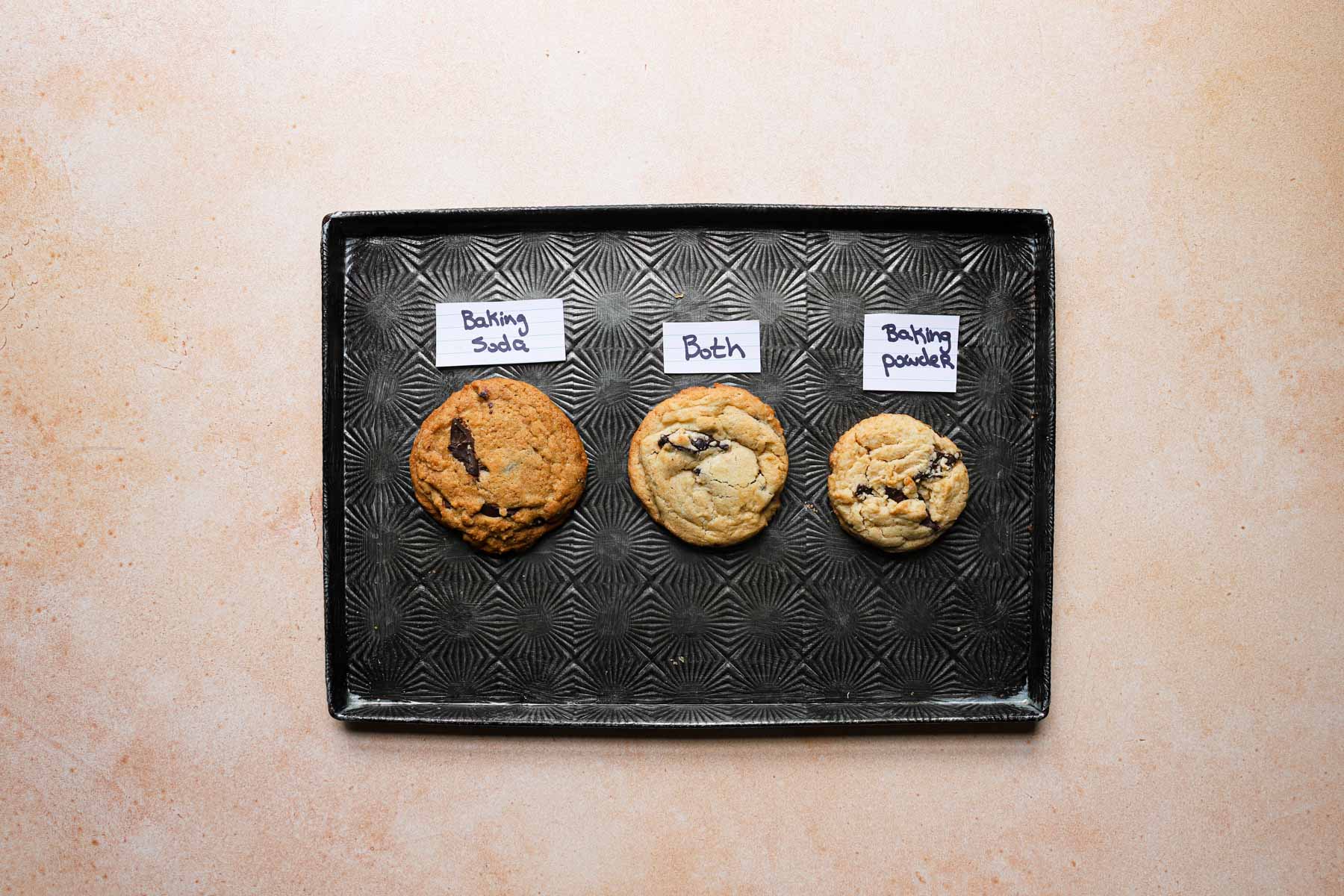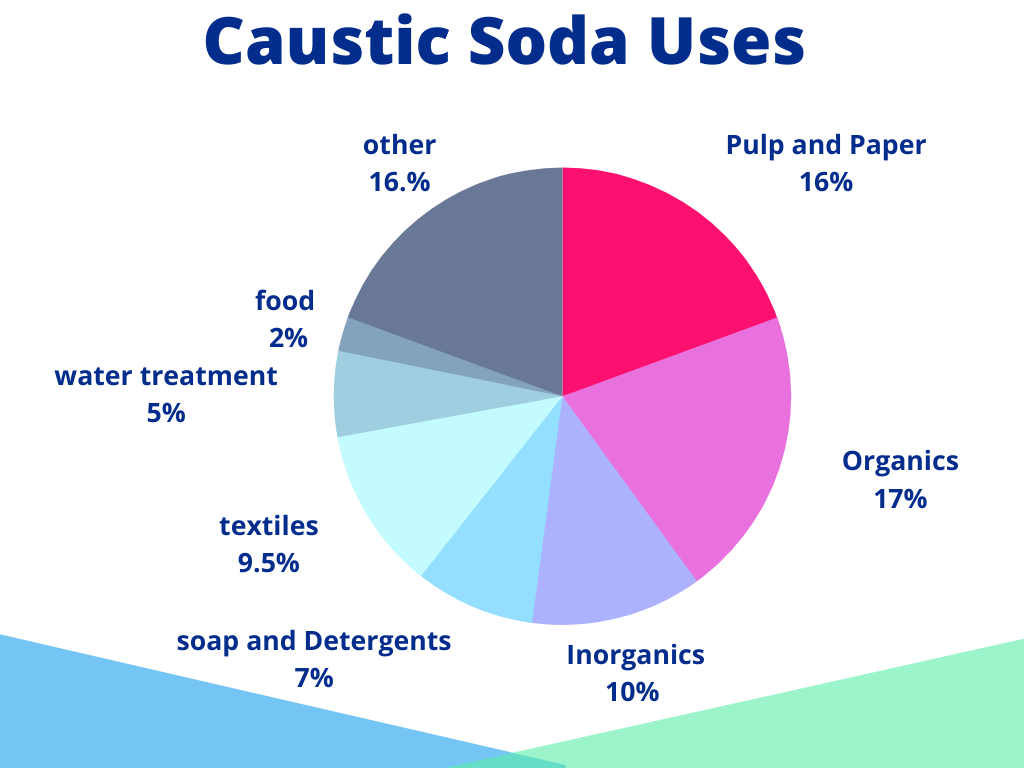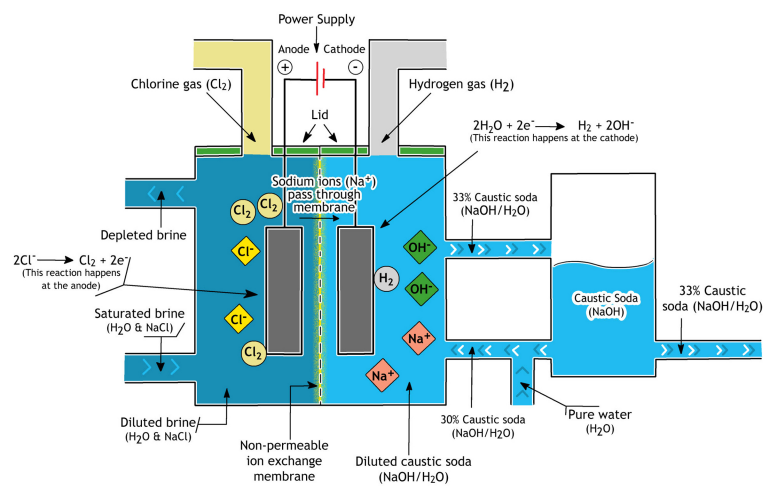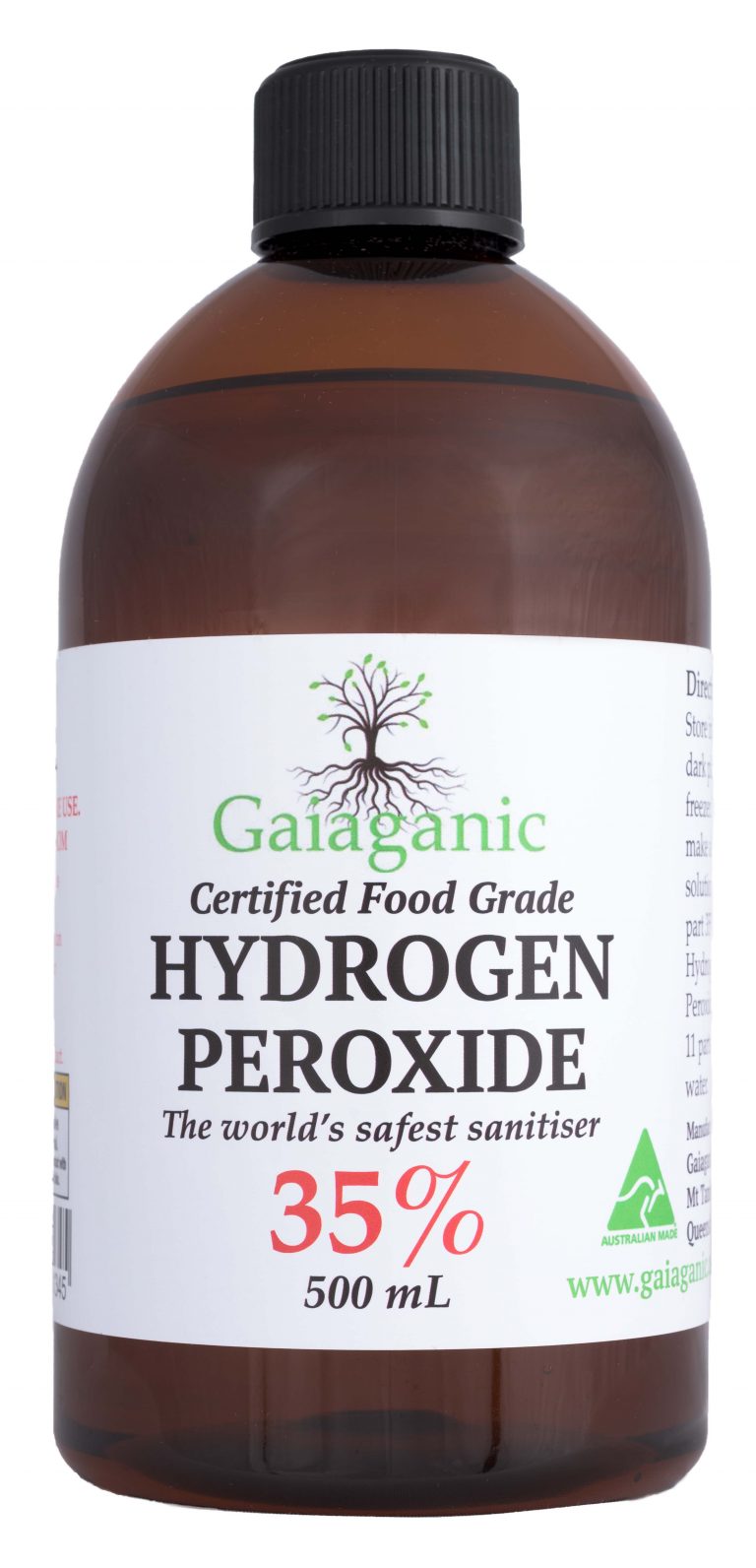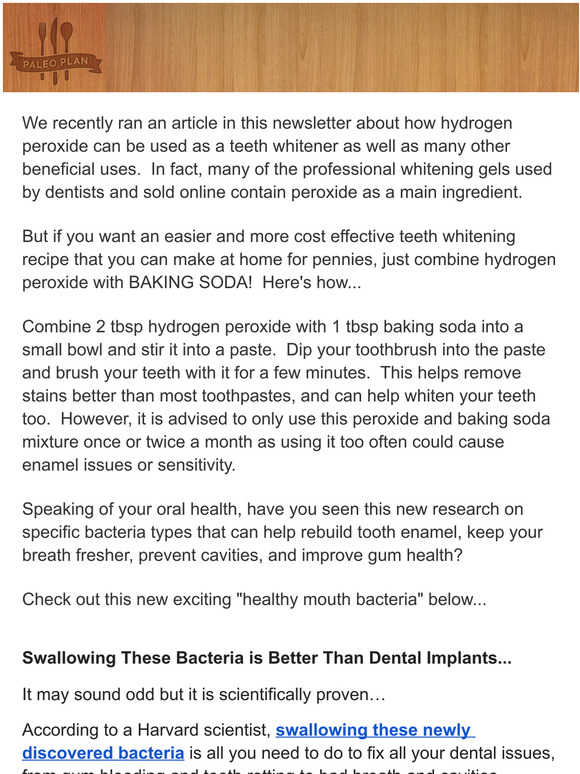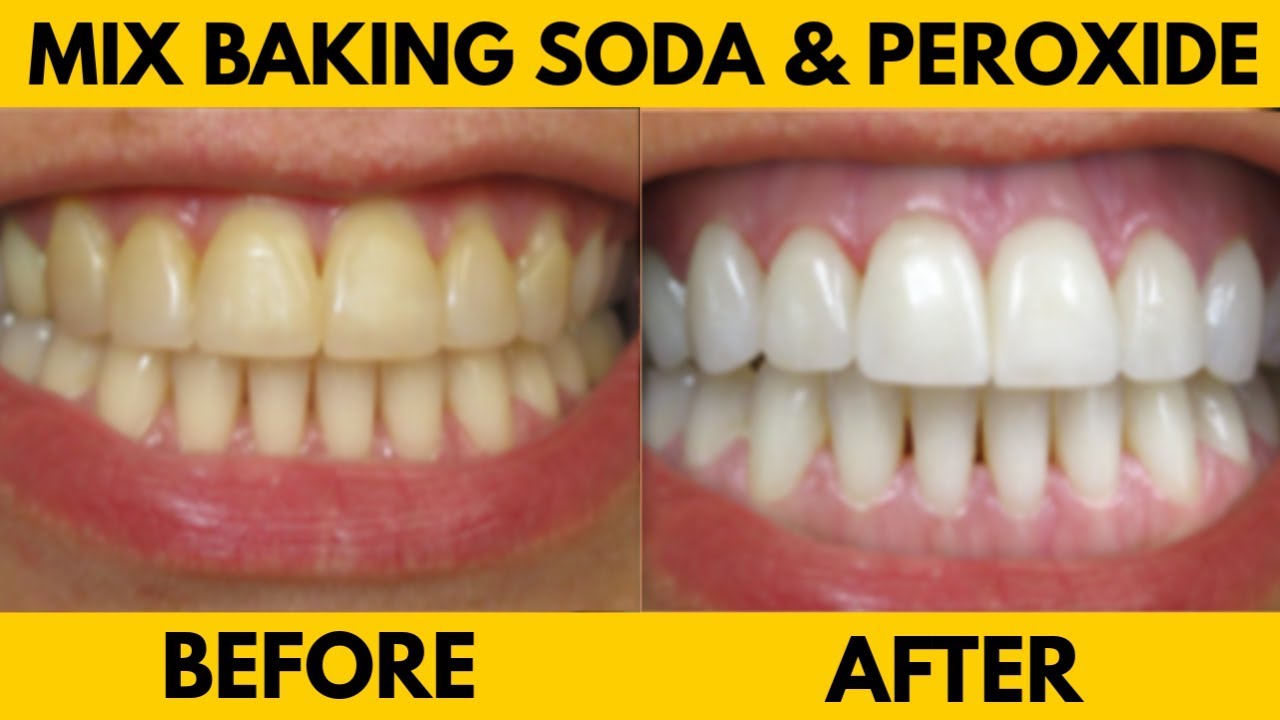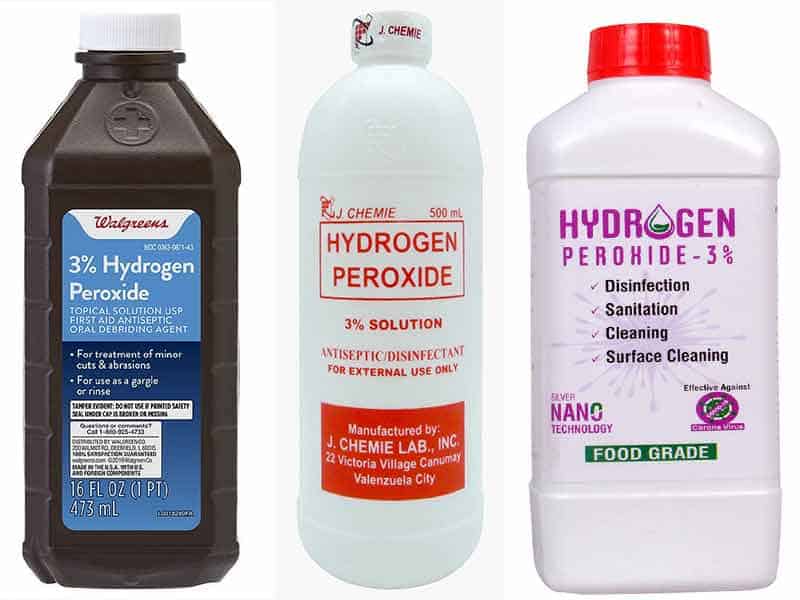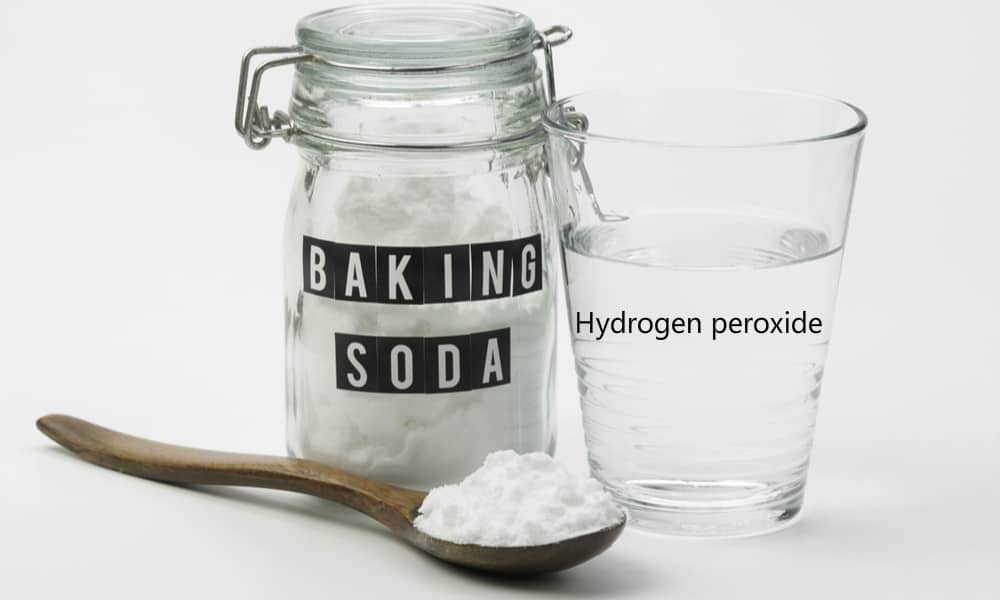If your kitchen sink is clogged, the first step to try is using a plunger. This simple tool can be found at most hardware stores and is relatively inexpensive. To use the plunger, place the rubber end over the drain and push it down firmly. Then, pull up quickly to create suction. Repeat this motion several times until the clog is cleared. If this method doesn't work, you may need to try a different approach.1. Plunger Method
Another common household item that can be used to remove a clog from a kitchen sink is a combination of baking soda and vinegar. Start by pouring about a cup of baking soda down the drain, followed by a cup of vinegar. The mixture will create a chemical reaction that can help dissolve the clog. Let it sit for about 30 minutes, then pour boiling water down the drain to flush out any remaining debris.2. Baking Soda and Vinegar Method
If you're looking for a quick and easy solution, try pouring boiling water down the drain. This method is best for smaller clogs and is not recommended for more serious blockages. Boiling water can help break down any grease or food particles that may be causing the clog. You can also add some dish soap to the boiling water for added cleaning power.3. Boiling Water Method
If the clog in your kitchen sink is more stubborn and won't budge with simple methods, you may need to use a plumber's snake. This tool can be purchased at most hardware stores and is used to manually break up and remove clogs. Simply insert the snake into the drain and twist it around until you feel the clog loosen. Pull the snake out and dispose of any debris that may have come out with it.4. Plumber's Snake Method
If you have a wet/dry vacuum, you can use it to suck out a clog from your kitchen sink. To do this, you'll need to create a seal around the drain with a damp cloth. Then, turn the vacuum on and place the hose over the drain. The suction should be strong enough to pull out the clog. This method may be messy, so make sure to clean your vacuum afterwards.5. Wet/Dry Vacuum Method
This method is similar to the boiling water method, but it adds the cleaning power of dish soap. Start by heating a pot of water on the stove until it's almost boiling. Then, add a few tablespoons of dish soap and stir until it's well mixed. Carefully pour the mixture down the drain and let it sit for a few minutes. The hot water and soap will work together to dissolve the clog. Follow up with some hot water to flush out any remaining debris.6. Dish Soap and Hot Water Method
Another combination that can help remove a clog from your kitchen sink is salt and baking soda. Mix together equal parts of both ingredients and pour it down the drain. Let it sit for 15-30 minutes, then flush with hot water. The abrasive texture of the salt and baking soda will help break down the clog and clear the drain.7. Salt and Baking Soda Method
If you prefer to use a more natural and chemical-free method, you can try an enzyme drain cleaner. These cleaners use natural enzymes to break down clogs and are safe for septic systems. Simply pour the recommended amount of cleaner down the drain and let it sit for a few hours or overnight. Then, flush the drain with hot water to clear the clog.8. Enzyme Drain Cleaner Method
Caustic soda, also known as sodium hydroxide, is a strong chemical that can dissolve tough clogs in your kitchen sink. However, it should be used with caution and protective gear, as it can be harmful to skin and eyes. Follow the instructions on the package and make sure to thoroughly rinse the drain after using this method.9. Caustic Soda Method
For a more powerful cleaning and deodorizing solution, try mixing hydrogen peroxide and baking soda. Pour a cup of baking soda down the drain, followed by a cup of hydrogen peroxide. Let it sit for an hour, then flush with hot water. This method can help break down stubborn clogs and eliminate any unwanted odors in your kitchen sink. With these 10 methods, you should be able to remove any clog from your kitchen sink. However, if the clog persists or you're not comfortable trying these methods on your own, it's best to call a professional plumber. They have the experience and tools to tackle even the toughest clogs and get your kitchen sink back to working properly.10. Hydrogen Peroxide and Baking Soda Method
Additional Tips for Removing Clogs from Your Kitchen Sink

Preventative Measures
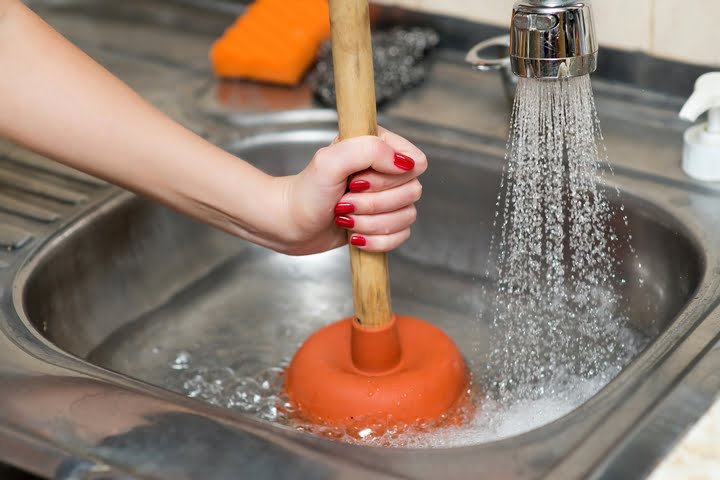 If you want to avoid dealing with a clogged kitchen sink altogether, there are some preventative measures you can take. First and foremost, avoid pouring grease or cooking oil down your sink. These substances can solidify and create a blockage in your pipes. Instead, pour them into a heat-resistant container and dispose of them in the trash. Additionally, use a drain cover to catch any food scraps or debris from going down the drain. Regularly cleaning the drain cover will also help to prevent buildup and potential clogs.
If you want to avoid dealing with a clogged kitchen sink altogether, there are some preventative measures you can take. First and foremost, avoid pouring grease or cooking oil down your sink. These substances can solidify and create a blockage in your pipes. Instead, pour them into a heat-resistant container and dispose of them in the trash. Additionally, use a drain cover to catch any food scraps or debris from going down the drain. Regularly cleaning the drain cover will also help to prevent buildup and potential clogs.
Try a Plunger
 If you do find yourself with a clogged kitchen sink, one of the easiest and most effective methods for removal is using a plunger. Fill the sink with enough water to cover the plunger head, and then place the plunger over the drain. Use a back-and-forth motion to create suction and dislodge the clog. This method works best for clogs caused by food or debris buildup.
If you do find yourself with a clogged kitchen sink, one of the easiest and most effective methods for removal is using a plunger. Fill the sink with enough water to cover the plunger head, and then place the plunger over the drain. Use a back-and-forth motion to create suction and dislodge the clog. This method works best for clogs caused by food or debris buildup.
Use a Plumbing Snake
 For tougher clogs, a plumbing snake can be a useful tool. This long, flexible tool is inserted into the drain and can reach deeper into the pipes to break up and remove the clog. It's important to carefully follow the instructions for using a plumbing snake and to be cautious not to damage the pipes.
For tougher clogs, a plumbing snake can be a useful tool. This long, flexible tool is inserted into the drain and can reach deeper into the pipes to break up and remove the clog. It's important to carefully follow the instructions for using a plumbing snake and to be cautious not to damage the pipes.
Try Natural Solutions
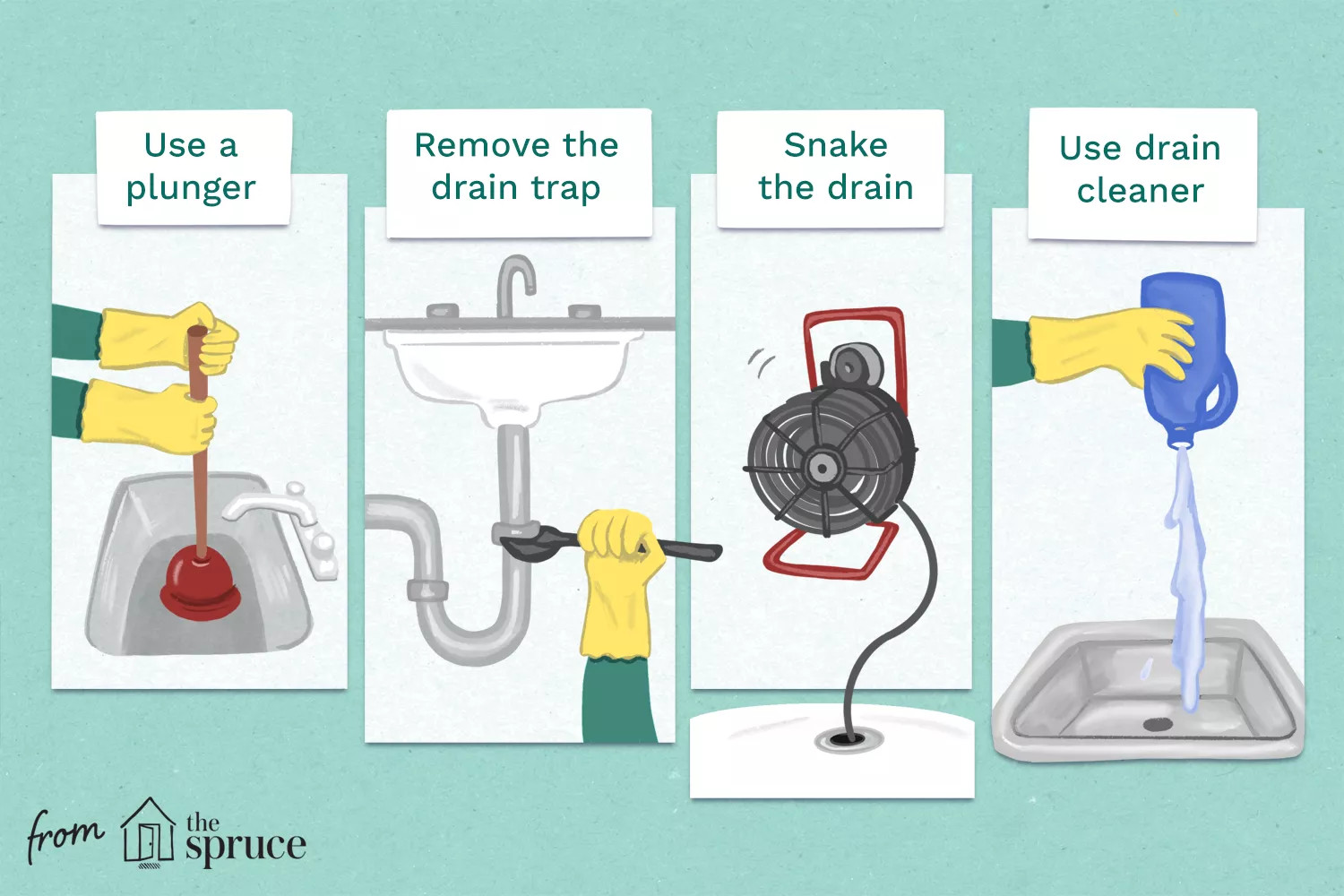 If you prefer to use natural methods for removing clogs, there are a few options available. Pouring a mixture of
baking soda and vinegar
down the drain can help to break up and dissolve a clog. Alternatively, you can also pour a pot of boiling water down the drain to help loosen and remove the obstruction.
If you prefer to use natural methods for removing clogs, there are a few options available. Pouring a mixture of
baking soda and vinegar
down the drain can help to break up and dissolve a clog. Alternatively, you can also pour a pot of boiling water down the drain to help loosen and remove the obstruction.
Call a Professional
 If all else fails, it may be time to call a professional plumber. They have the experience and tools necessary to effectively remove stubborn clogs and ensure your pipes are in good condition. It's also a good idea to have your plumbing regularly inspected and maintained to prevent future clogs and potential damage.
Dealing with a clogged kitchen sink can be frustrating, but with these tips, you can effectively remove the obstruction and keep your pipes flowing smoothly. Remember to always practice preventative measures and seek professional help if needed.
If all else fails, it may be time to call a professional plumber. They have the experience and tools necessary to effectively remove stubborn clogs and ensure your pipes are in good condition. It's also a good idea to have your plumbing regularly inspected and maintained to prevent future clogs and potential damage.
Dealing with a clogged kitchen sink can be frustrating, but with these tips, you can effectively remove the obstruction and keep your pipes flowing smoothly. Remember to always practice preventative measures and seek professional help if needed.




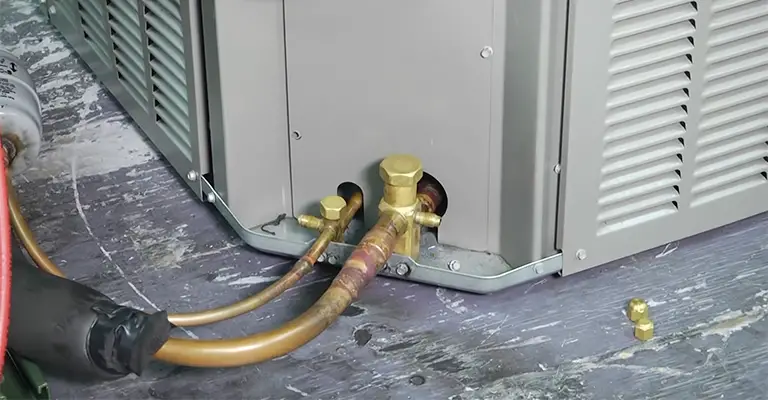
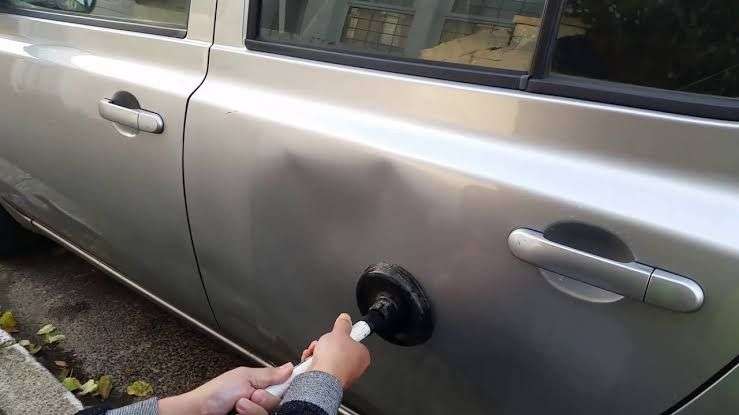



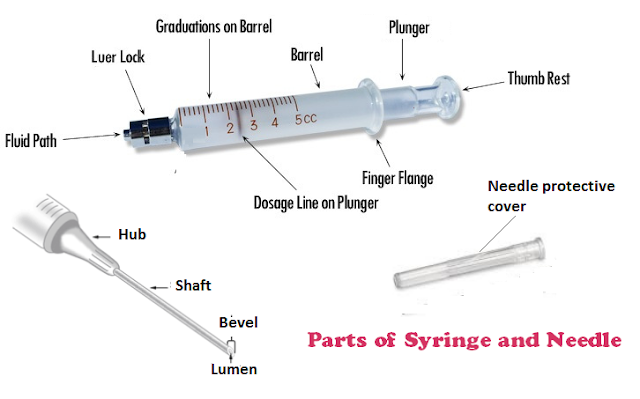
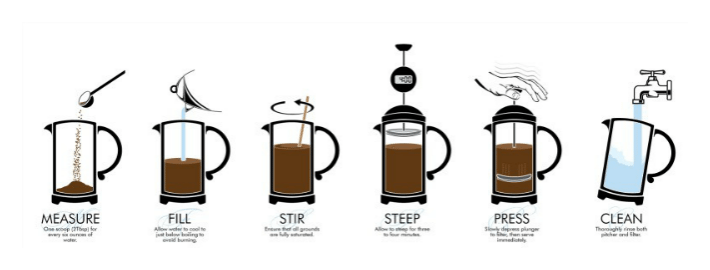





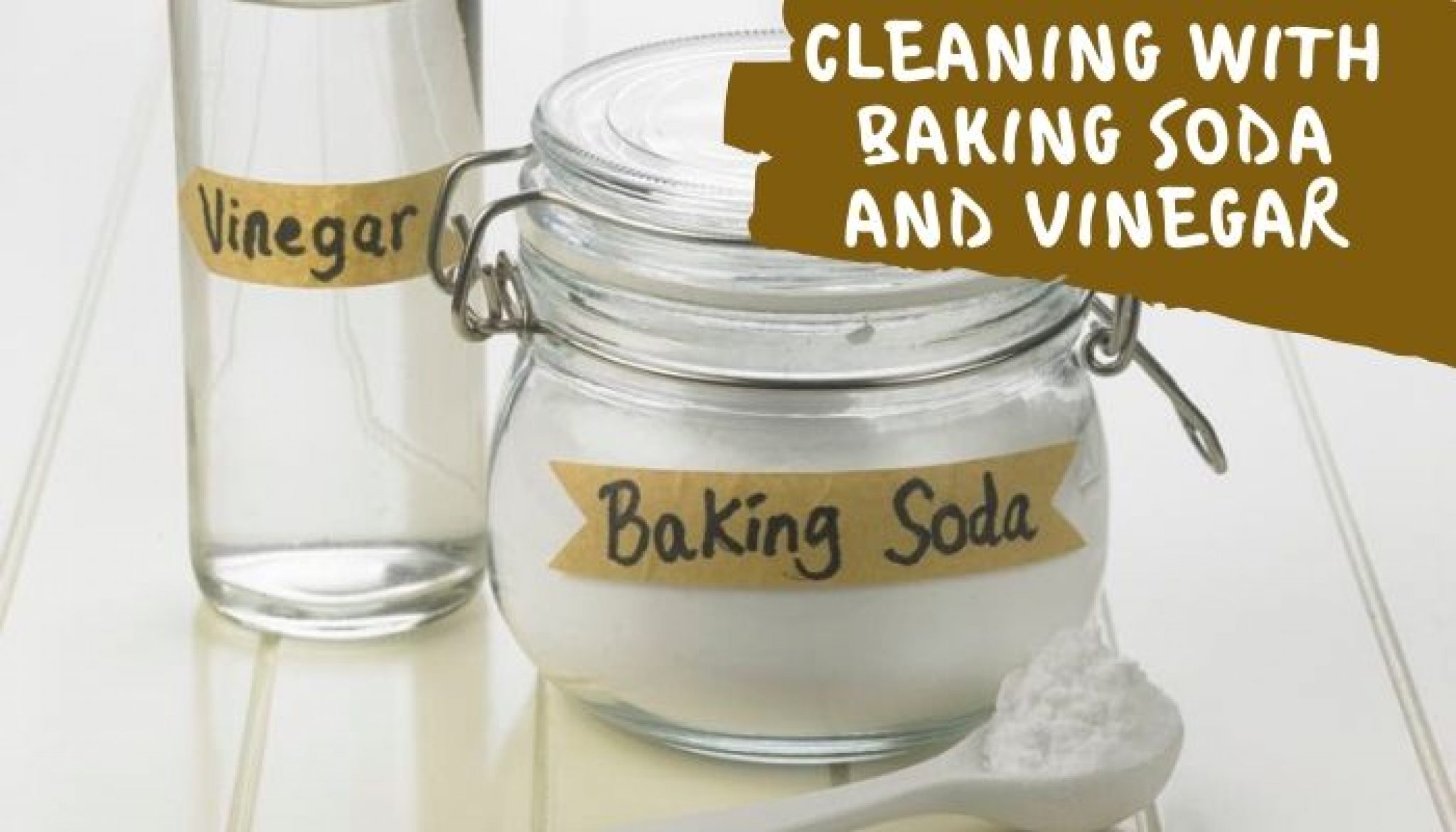

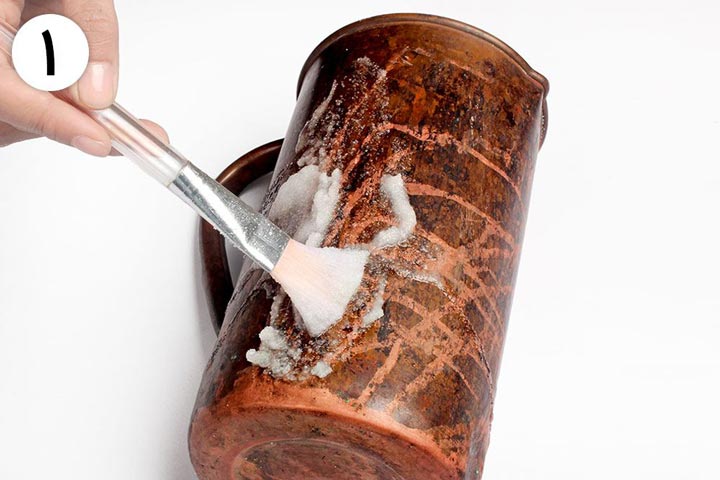
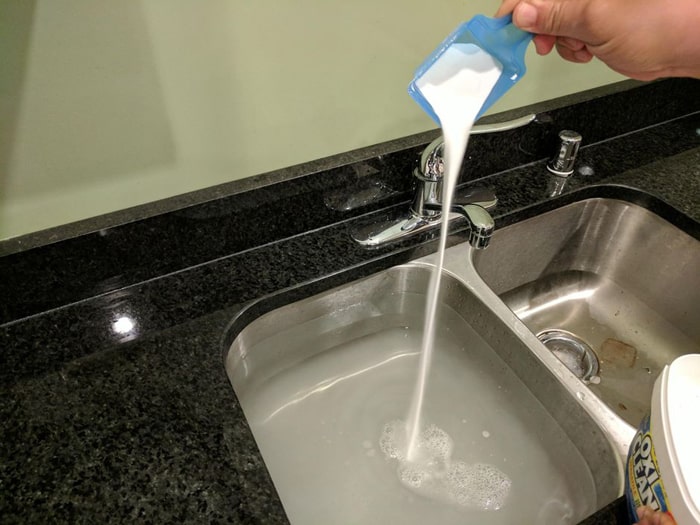
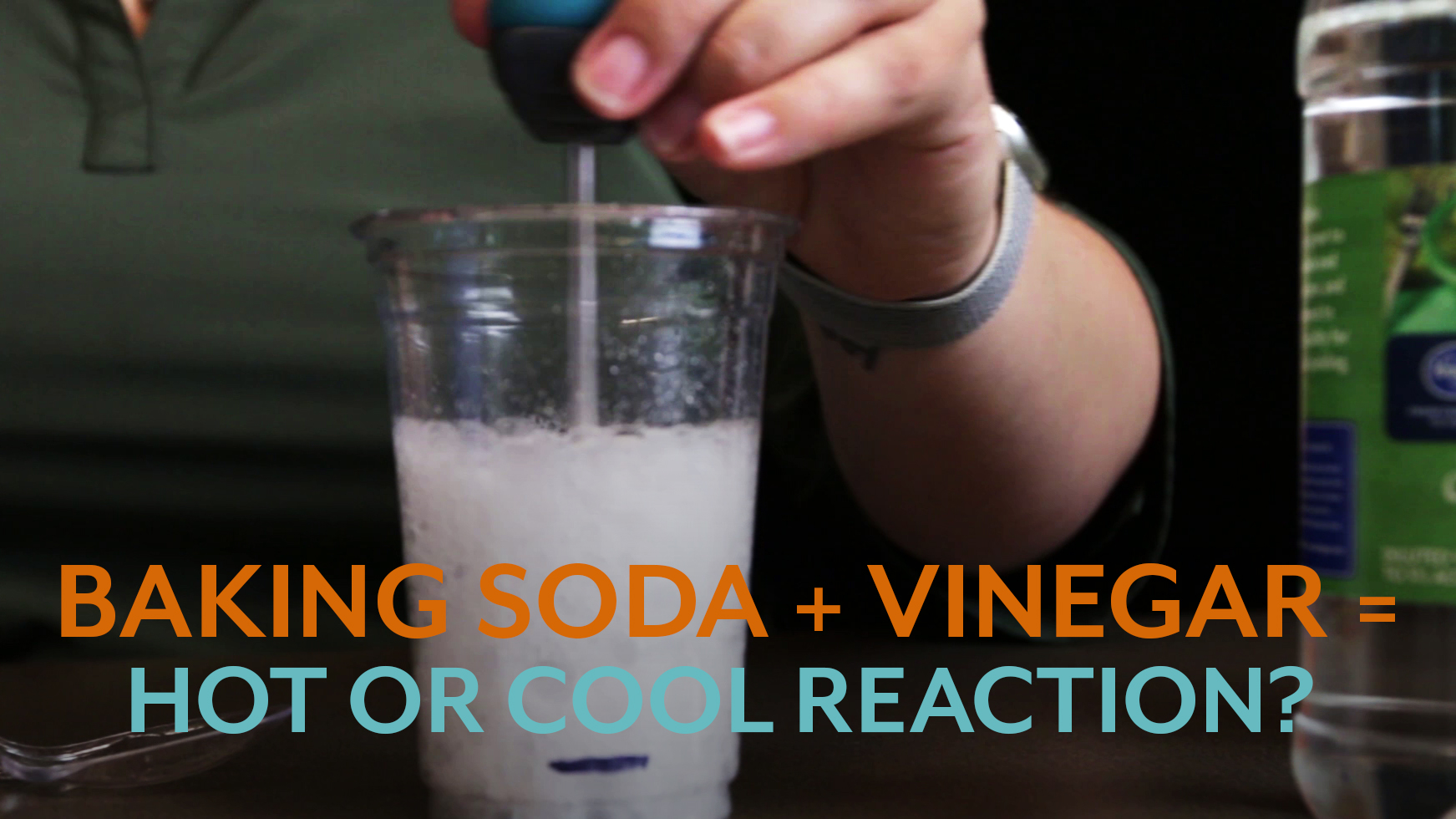



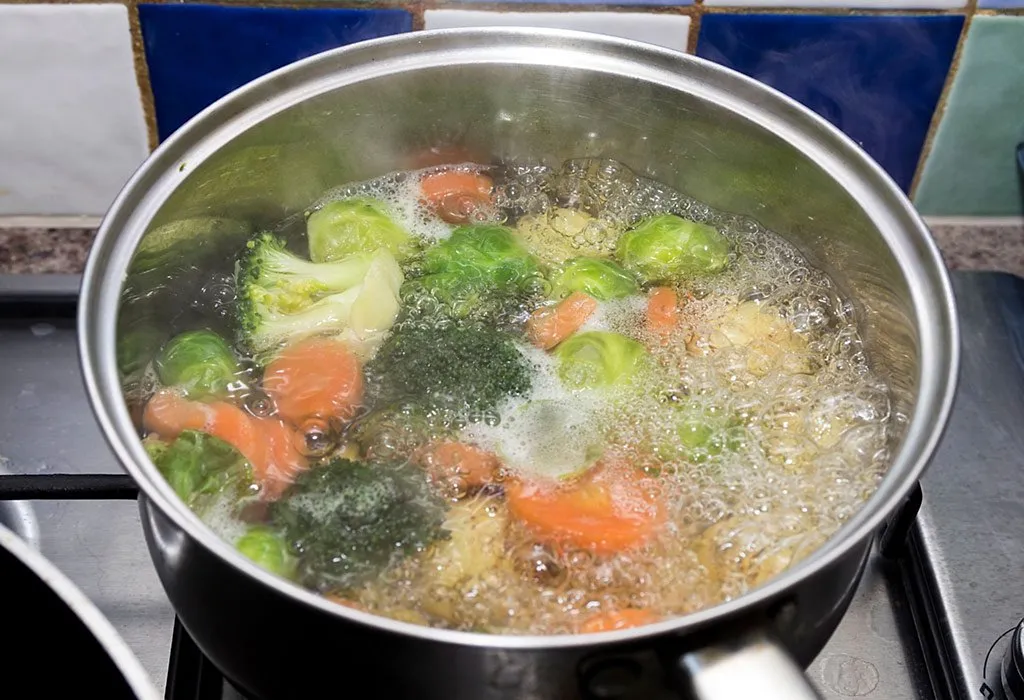
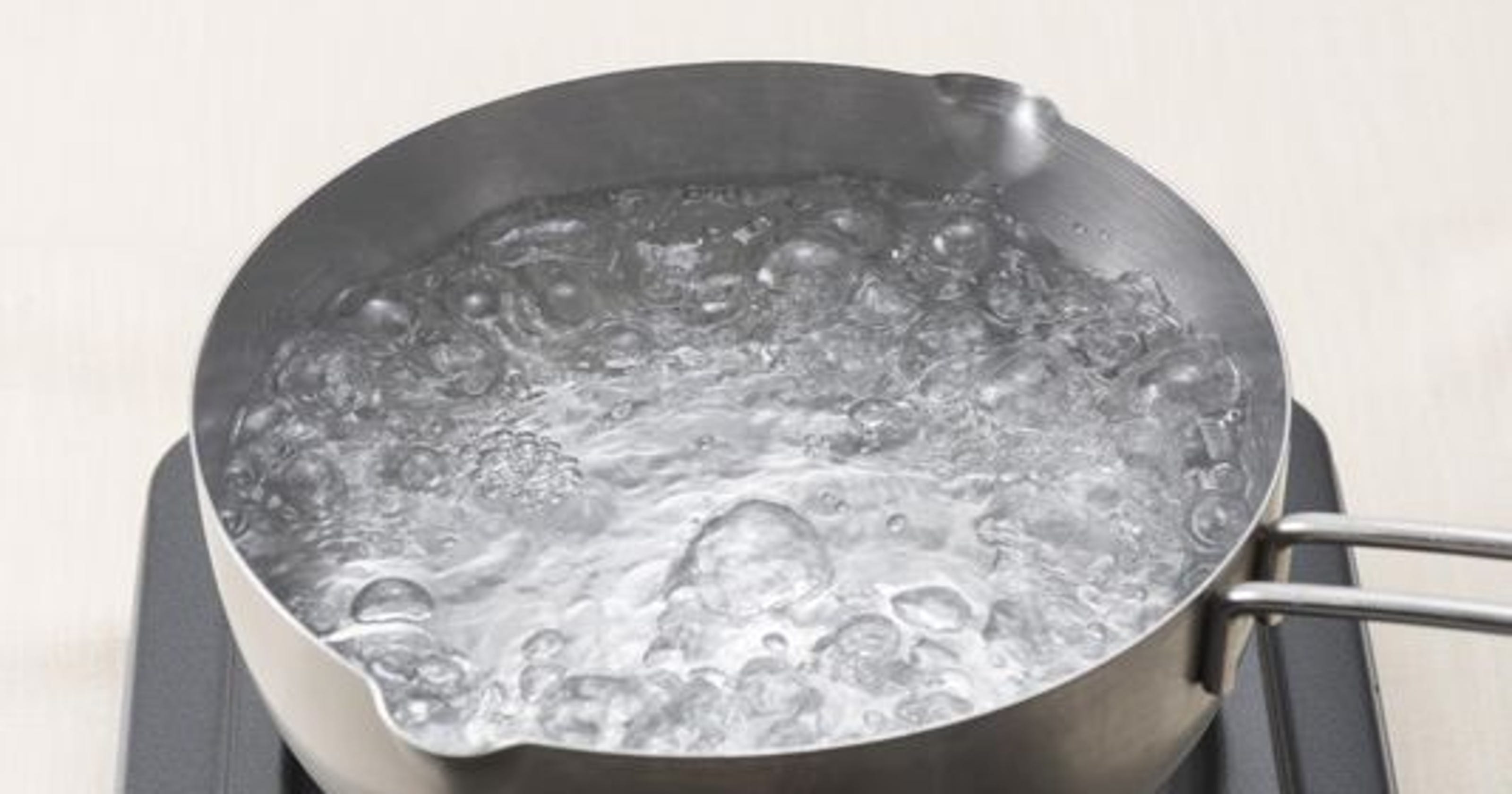
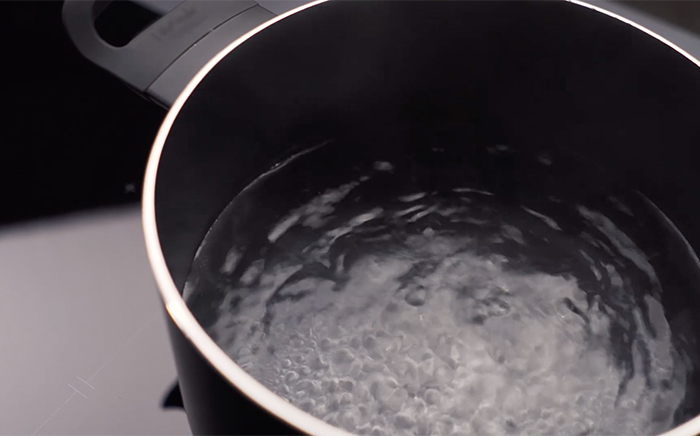
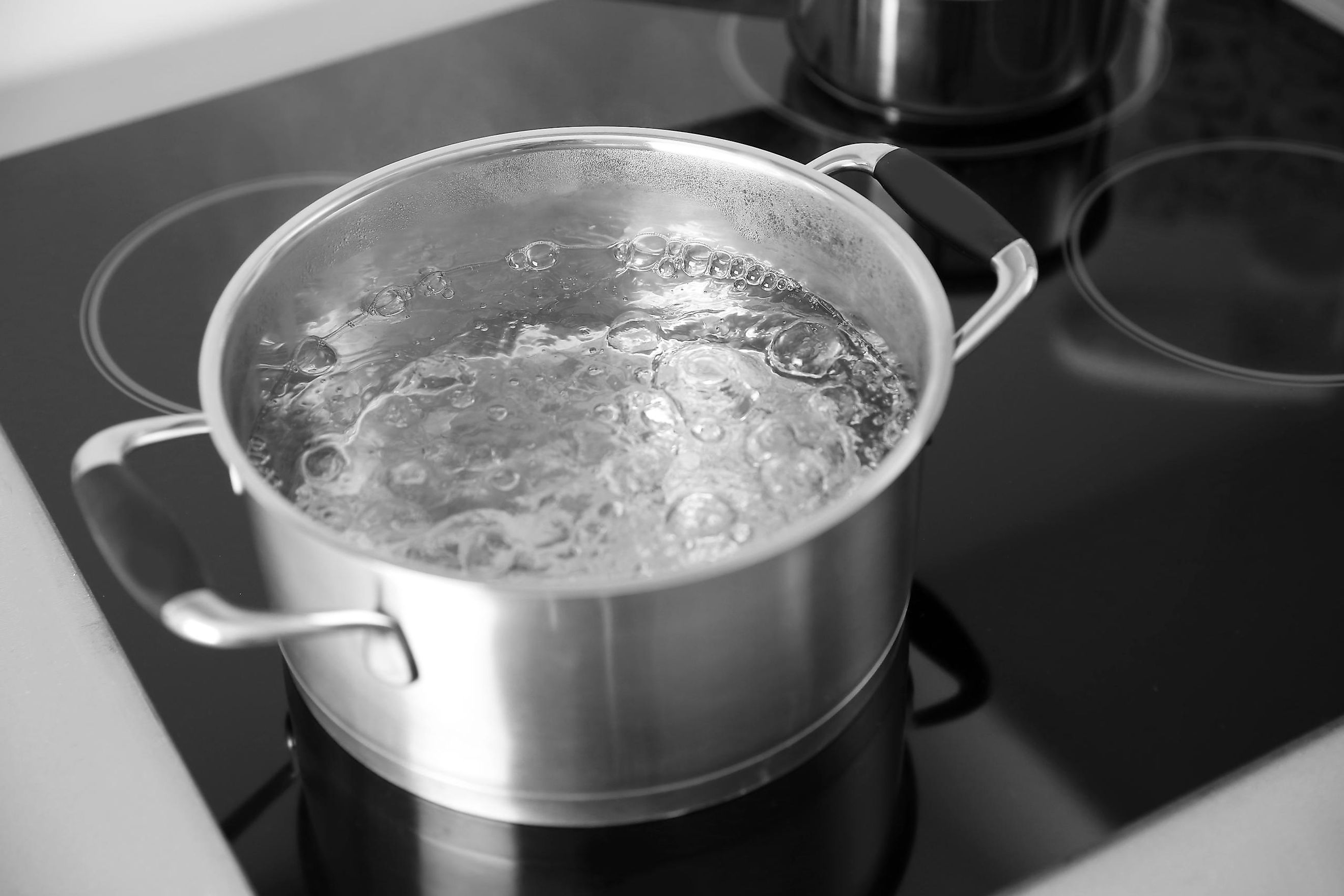

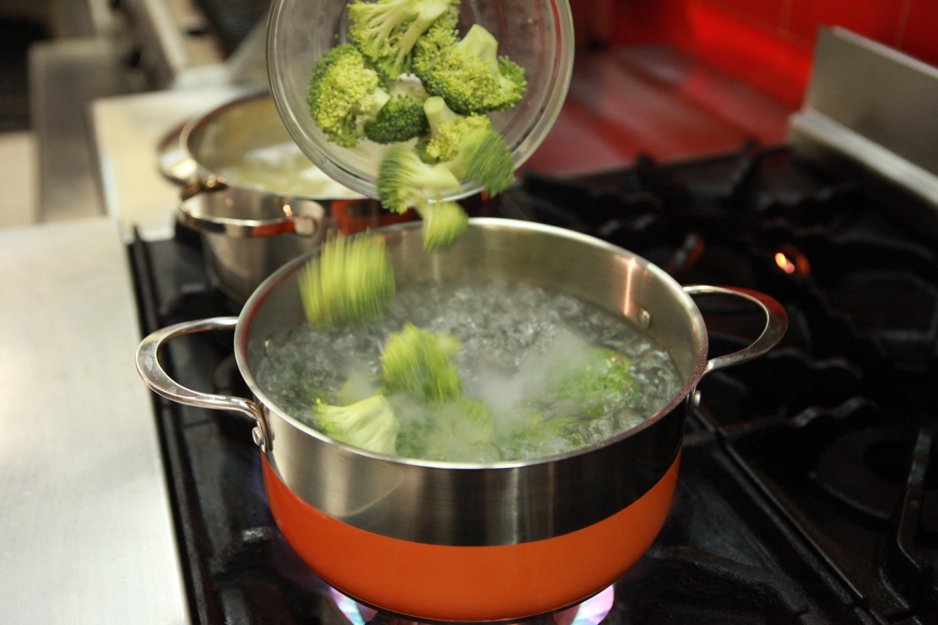
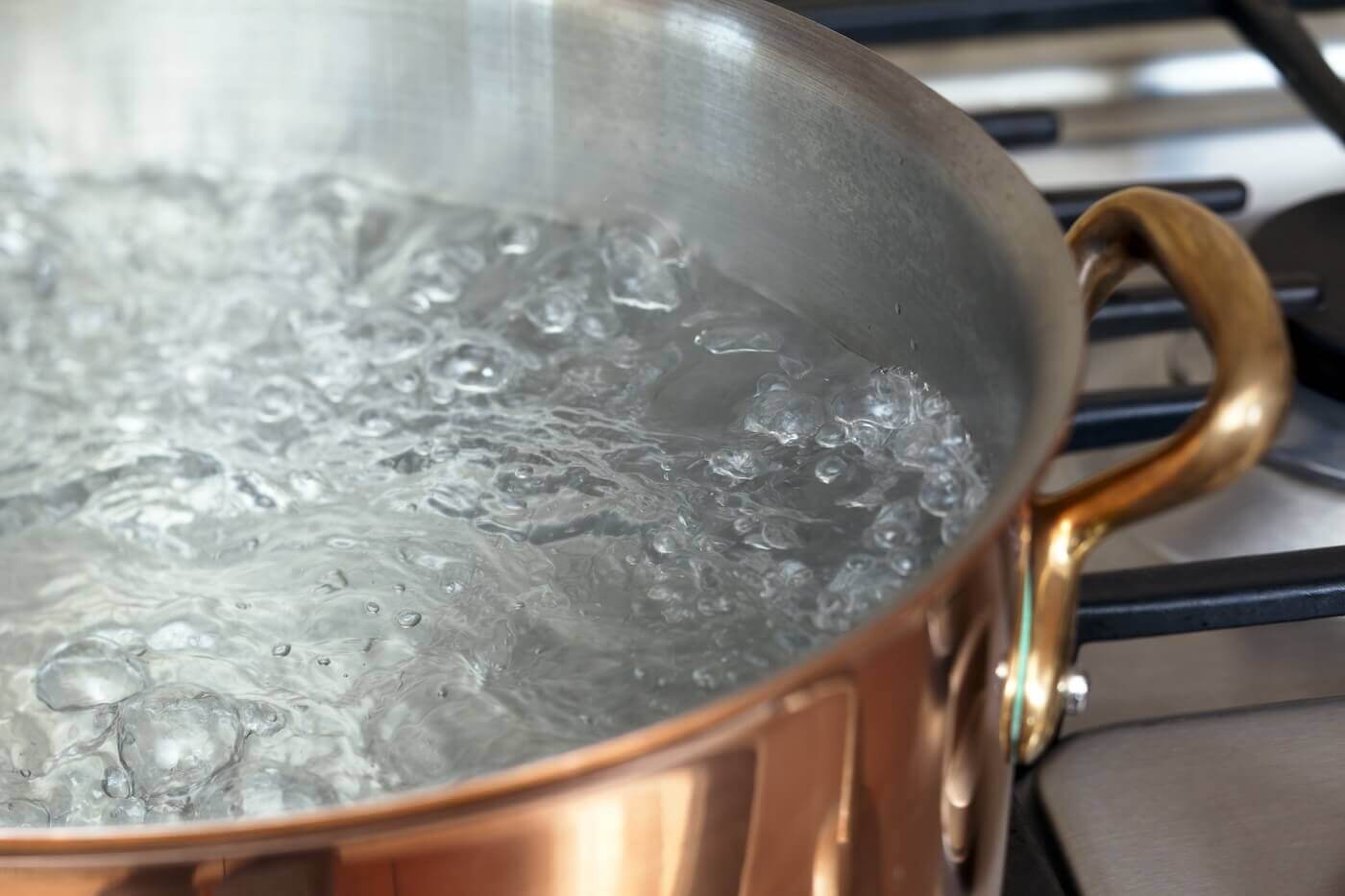




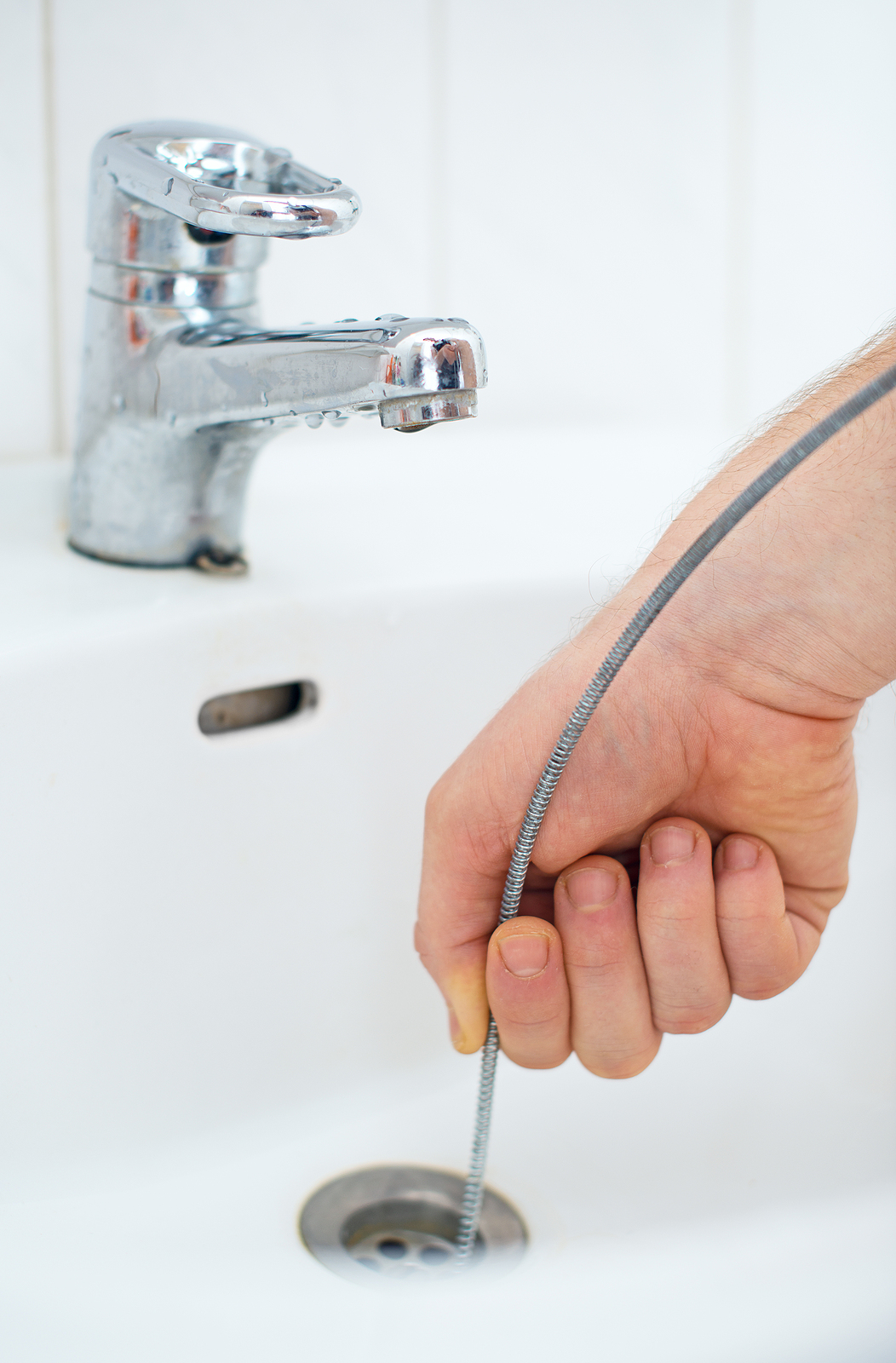

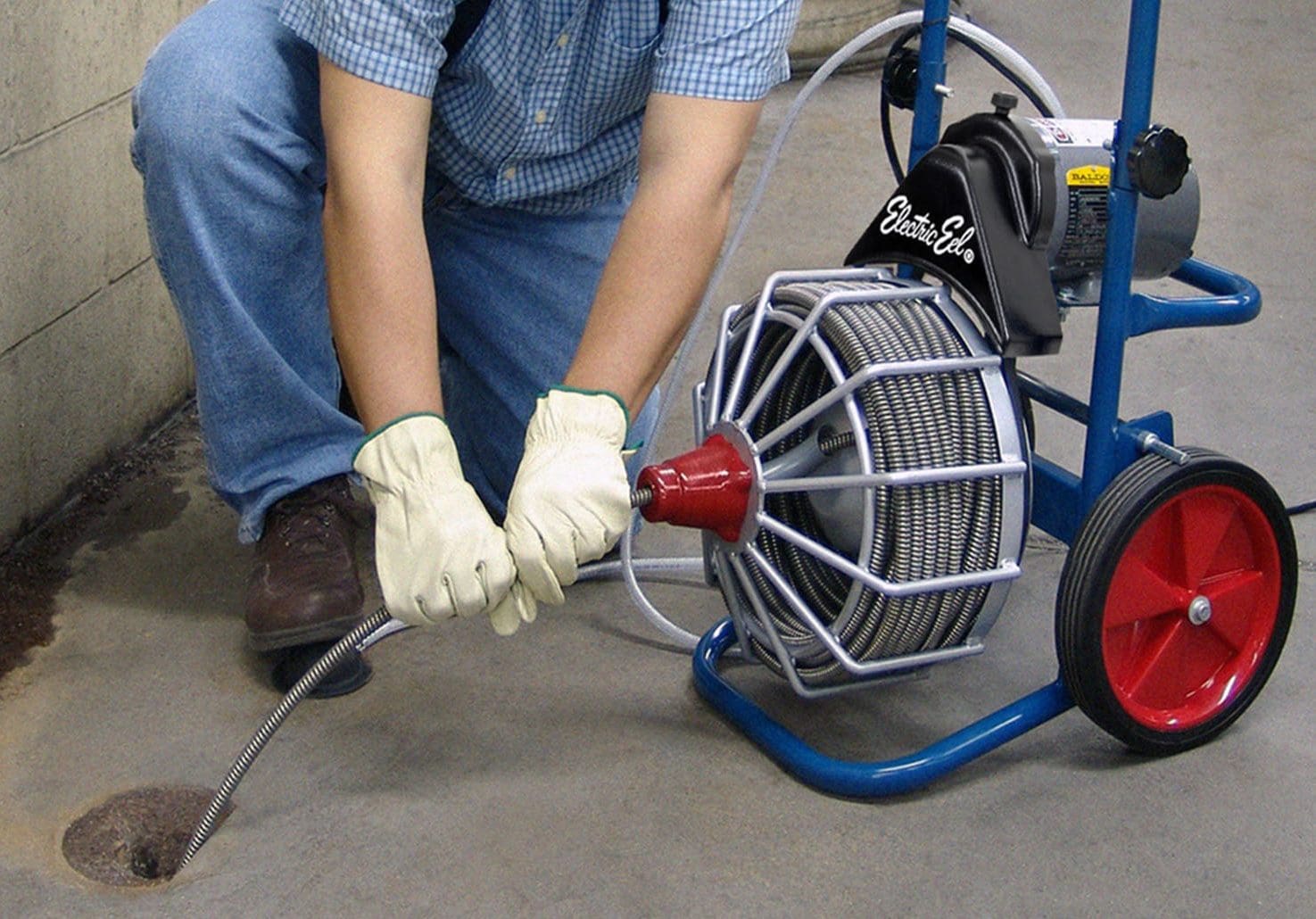

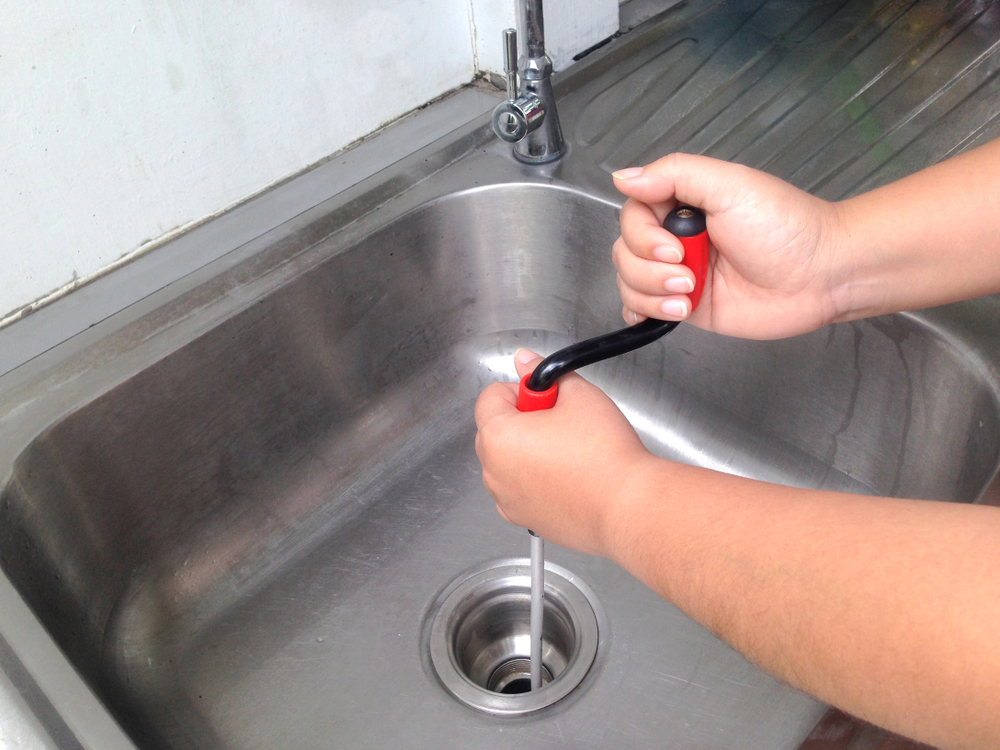


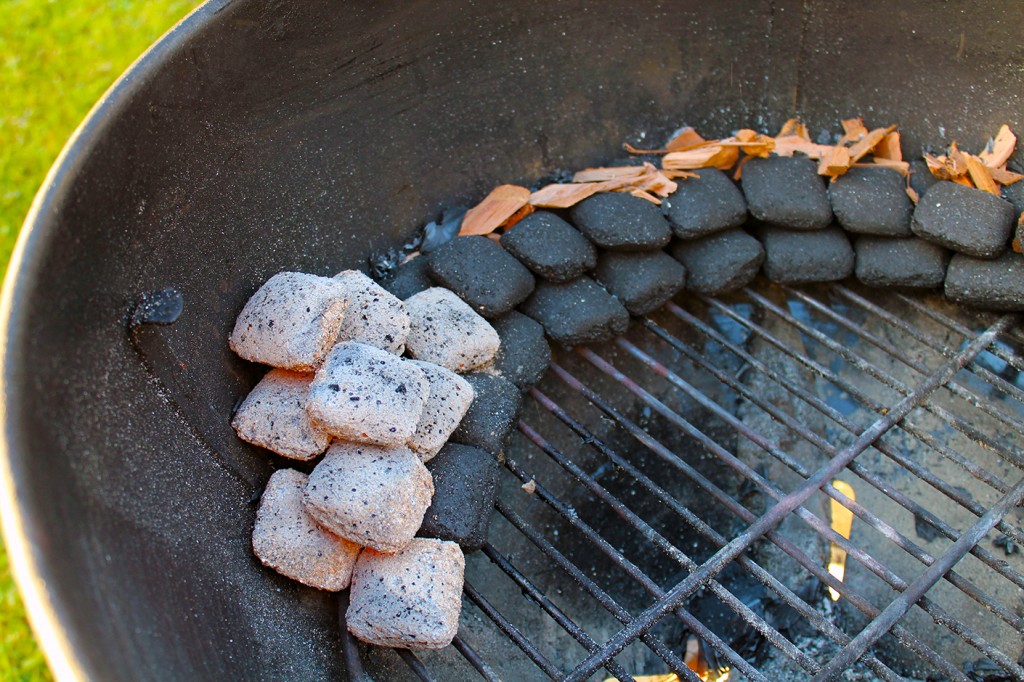







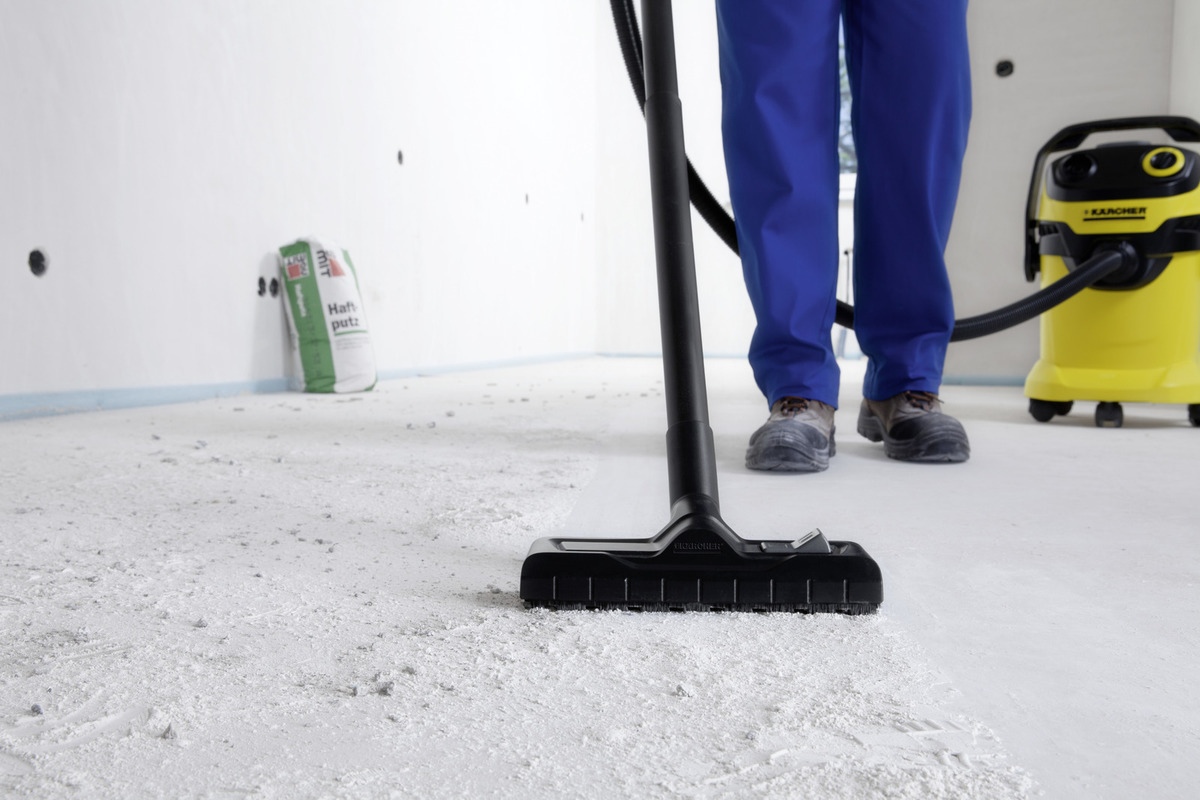





/GettyImages-80566571-5a1ca234aad52b00373338ff.jpg)
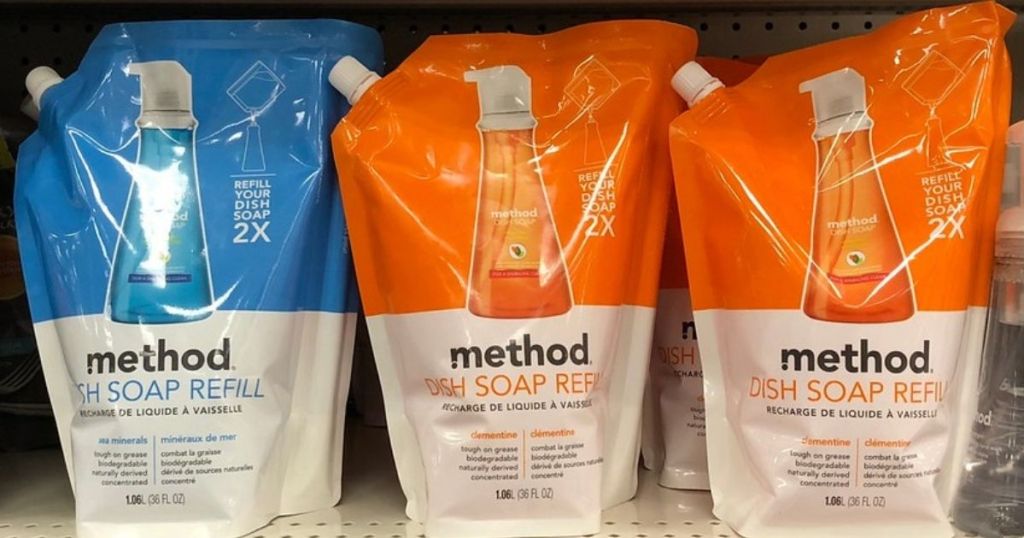


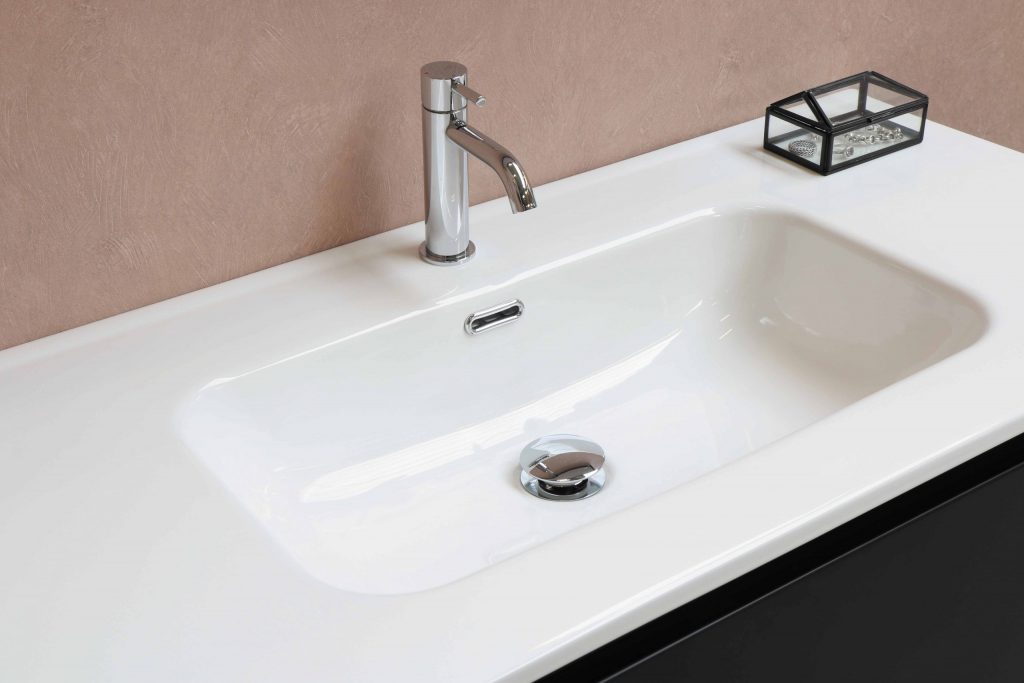



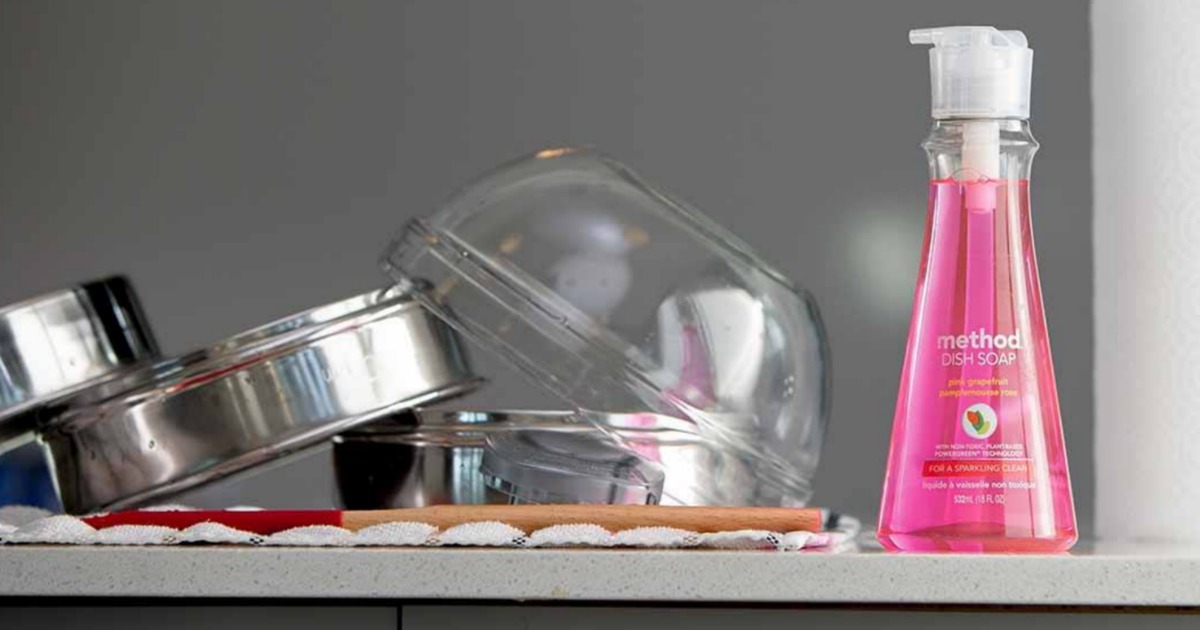
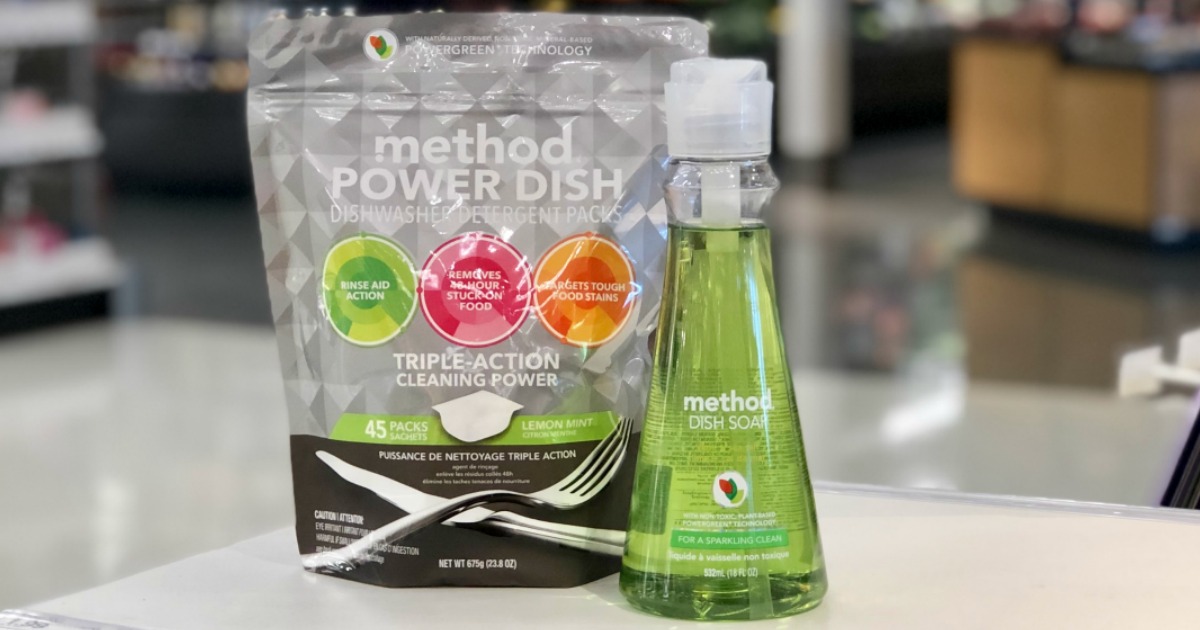
/Simply-Recipes-Baking-Soda-LEAD-03-8d6871dddb88419aa588b47f2caa10ef.jpg)




